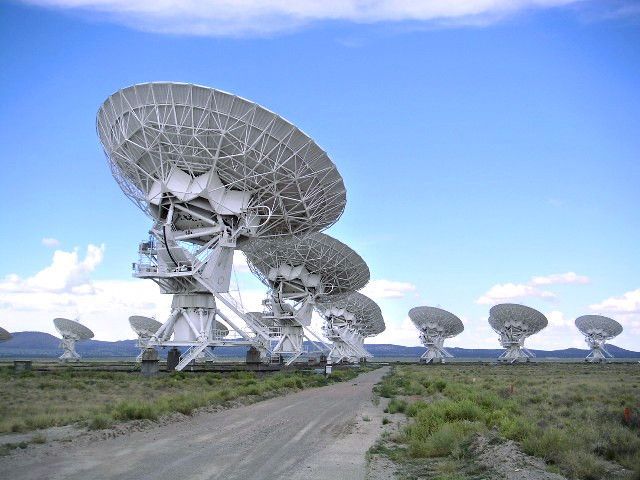PROJECT
Revealing the Physical Mechanism of Mass Ejection Around Young Massive Stars via CH₃OH Masers

Project Title: Revealing the Physical Mechanism of Mass Ejection Around Young Massive Stars via CH₃OH Masers
Project No.:
1.1.1.9/LZP/1/24/044
Project Acronym:
MMM
Project Partner:
National Institute for Astrophysics of Italy (INAF) - Astronomical Observatory of Cagliari (OAC)
Project Duration:
March 1, 2025 – February 29, 2028
Funding Sources:
- European Regional Development Fund (85%)
- State Budget Funding (10%)
- VUAS Own Funding (5%)
Total Budget: EUR 192,336
- ERDF Funding: EUR 163,485.60
- State Budget Funding: EUR 19,233.60
- VUAS Funding: EUR 9,616.80
Project Purpose
The aim of this project is to contribute significantly to the professional development of VSRC postdoctoral researcher Art Aberfeldt by enabling him to acquire new skills and establish collaborations in world-class fundamental astrophysics research. The project focuses on working with big data and applying advanced numerical models to enhance research capabilities.
Furthermore, it will facilitate knowledge transfer from Italy to Latvia, introducing unprecedented expertise in:
- Observing and processing high-frequency radio signals (20–116 GHz)
- Combining and interpreting multi-frequency observations
- Developing skills necessary for operating next-generation large-scale radio astronomy instruments
The project will positively impact RIS3 objectives by fostering growth in the information technology sector and significantly strengthening the scientific capacity of VIRAC.
Scientific Objective
The project aims to answer a key question in massive star formation: how excess angular momentum is transferred from the protostellar disk to the outflowing gas and jets, enabling an increase in protostellar mass.
Main Activities
- Processing large datasets (tens of terabytes)
- Training and skill development
- Applying for observational time on radio telescopes
- Performing statistical analysis and interpreting results
- Developing numerical simulations
- Publishing research findings
- Presenting at scientific conferences
- Engaging in long-term mobility and international collaborations
Expected Results
- 3 publications in Q1-ranked journals
- 6 presentations at international scientific conferences
Contact Information
Project Leader: Artis Aberfelds (artis.aberfelds@venta.lv)
Contact Person: Vitālijs Petkevičs (vitalijs.petkevics@venta.lv)
The research application "Revealing the physical mechanism of mass ejection around young massive stars via CH3OH masers" (No. 1.1.1.9/LZP/1/24/044) is implemented within the framework of project No. 1.1.1.9/1/24/I/001 and is co-financed by the European Regional Development Fund (ERDF).
This initiative is part of the European Union Cohesion Policy Programme for 2021–2027 under the specific aid objective 1.1.1 “Developing and enhancing research and innovation capacities and the uptake of advanced technologies”, Activity 1.1.1.9 “Postdoctoral research”.
Project News



